Last year a mutual acquaintance introduced me to the Davico di Quitengo family, whose ancestor in the late-18th century married Paola Cozio, sister of Alessandro Ignazio, and moved into the Cozio family castello in Salabue. Late last year the family invited me to visit them and to attend a house concert in the music room that has been the gathering spot for the Cozio-Davicos for most of the past 350 years.
Peacefully situated in the Monferrato region of Piemonte, roughly equidistant from Milan and Turin, Salabue is a small frazione on a hilltop comprising the castello, the chapel attached to it and a handful of small houses. Although it no longer is attached to the land which surrounds it, it is encircled by some of the most important vinyards in Italy.
Like most violin enthusiasts I have been fascinated with the life of Count Cozio from an early age. So much of what we know about the classical Italian makers and their instruments comes from the diaries of Cozio and so many of the world’s best Stradivari, Guarneri and Guadagnini passed through his hands. You can imagine my curiosity and anticipation.
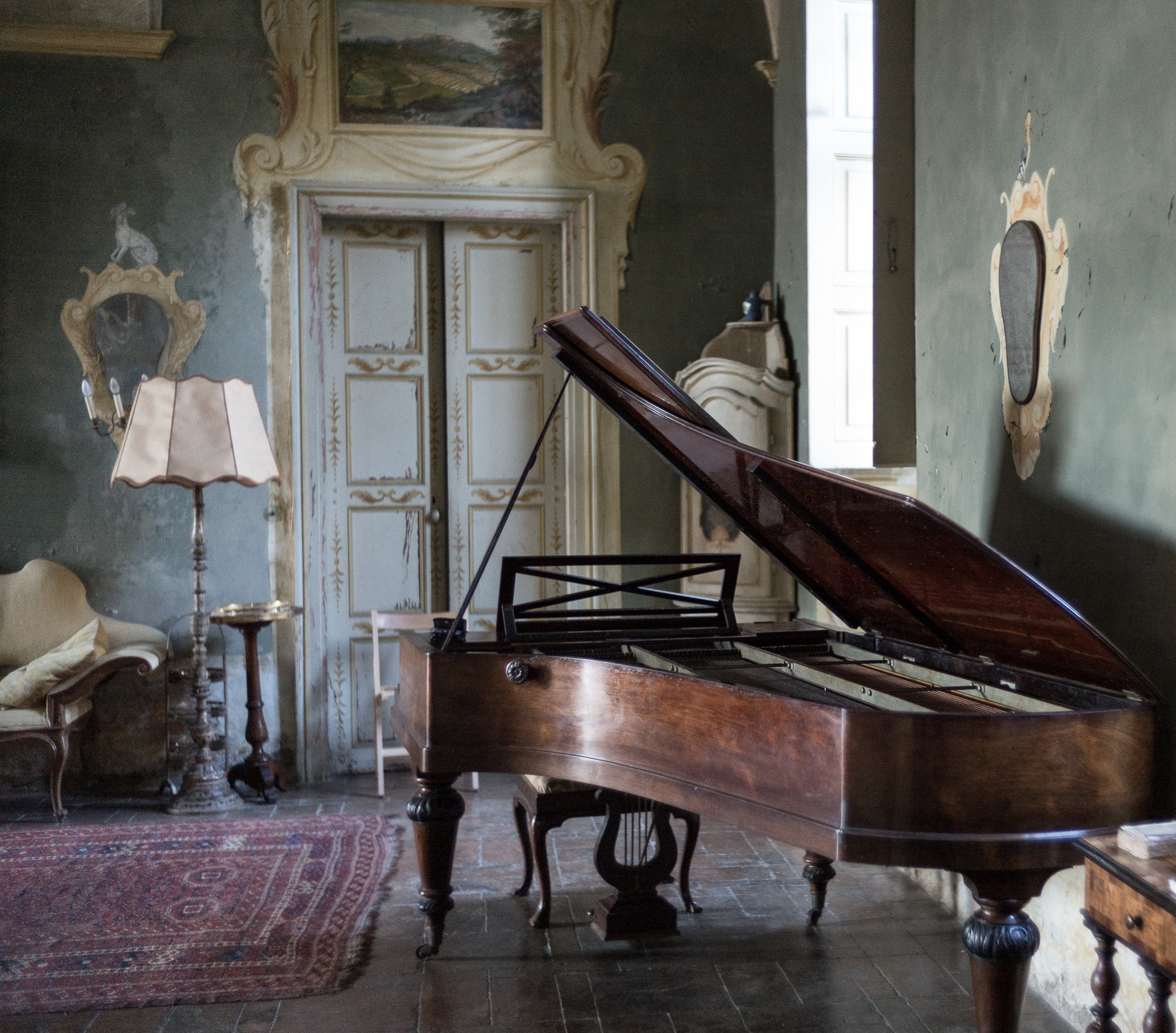
An 1890s Pleyel grand piano in the Cozio music room
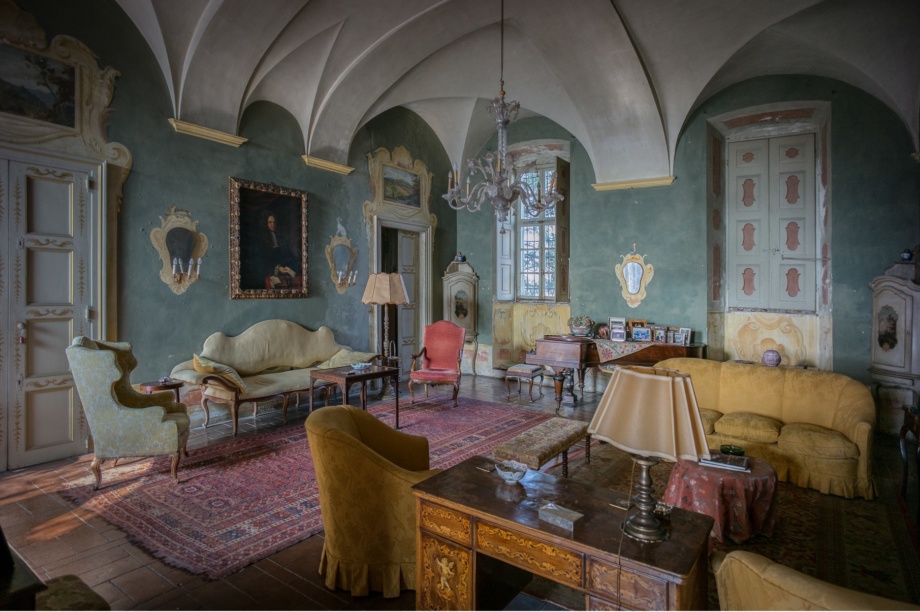
The music room is set in the oldest section of the house, with tall doors to the south opening on to the large terrace and high windows to the north looking over a tall oak forest
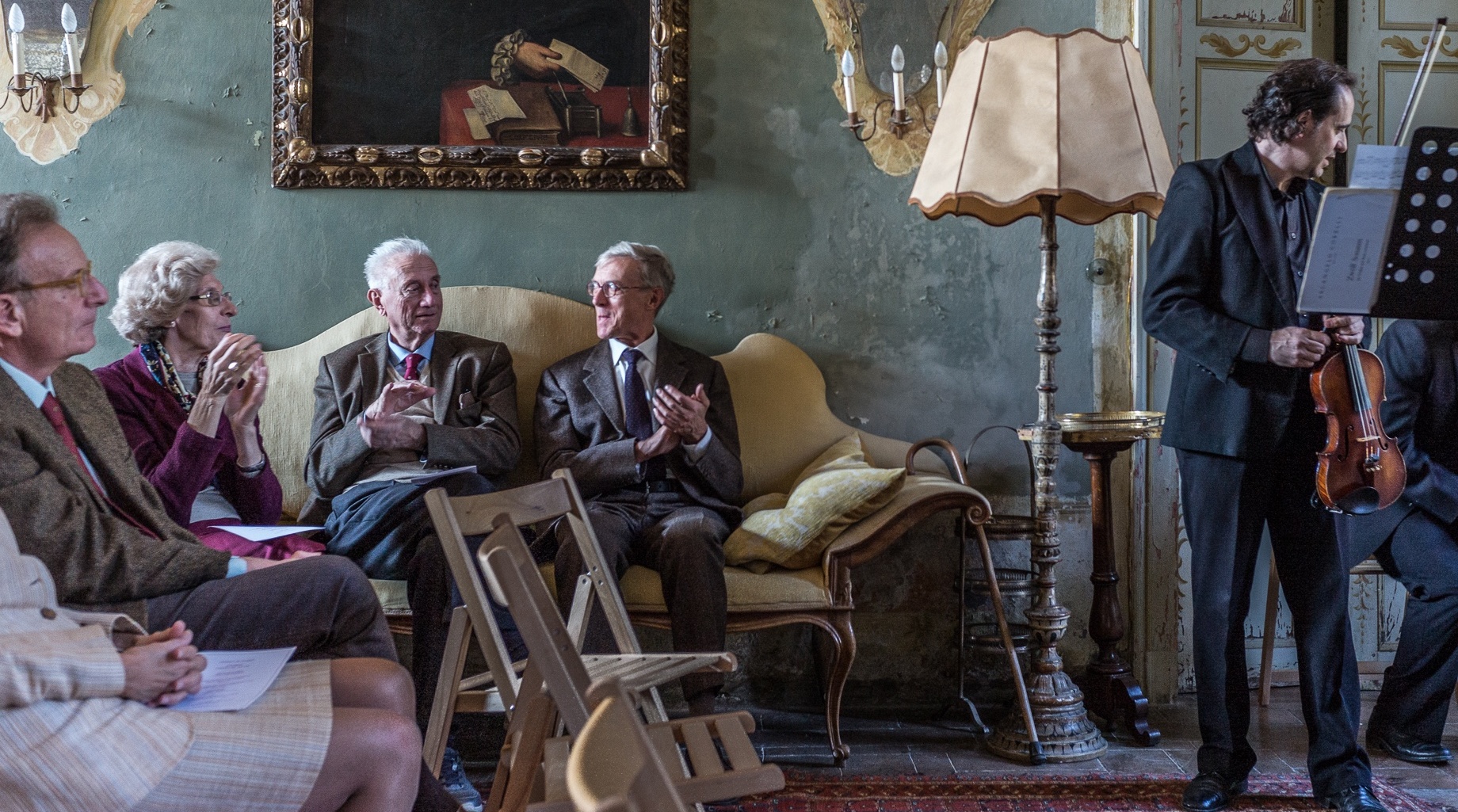
Friends of the family attended the house concert
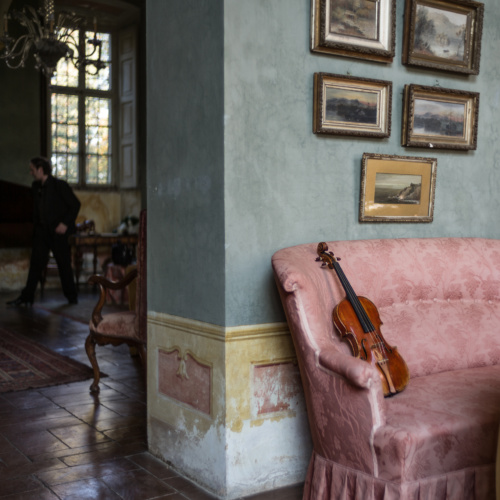
I couldn’t resist bringing a 1770s Guadagnini along for the visit. Perhaps this wasn’t its first trip to Salabue; it seemed very much at home
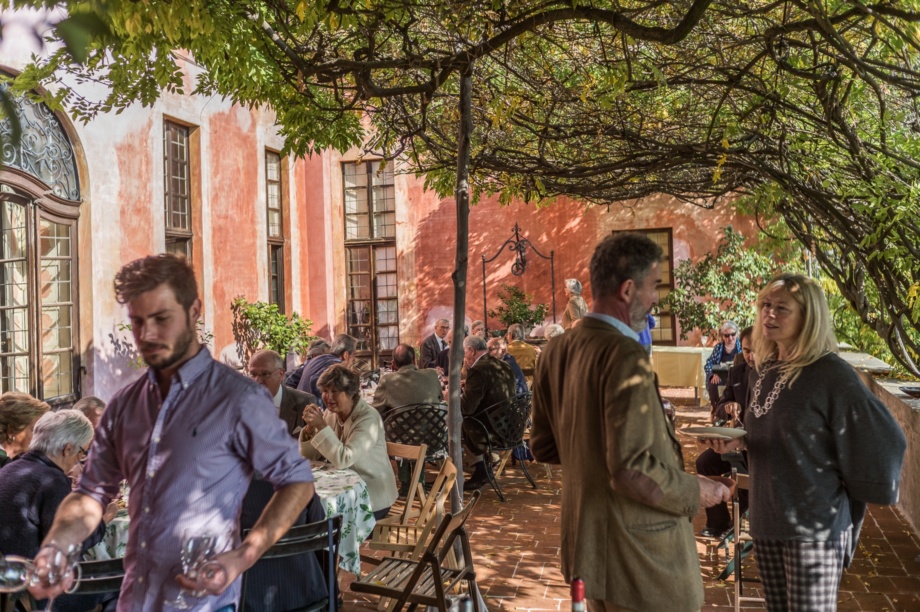
Lunch after the concert was accompanied by Monferrato wine
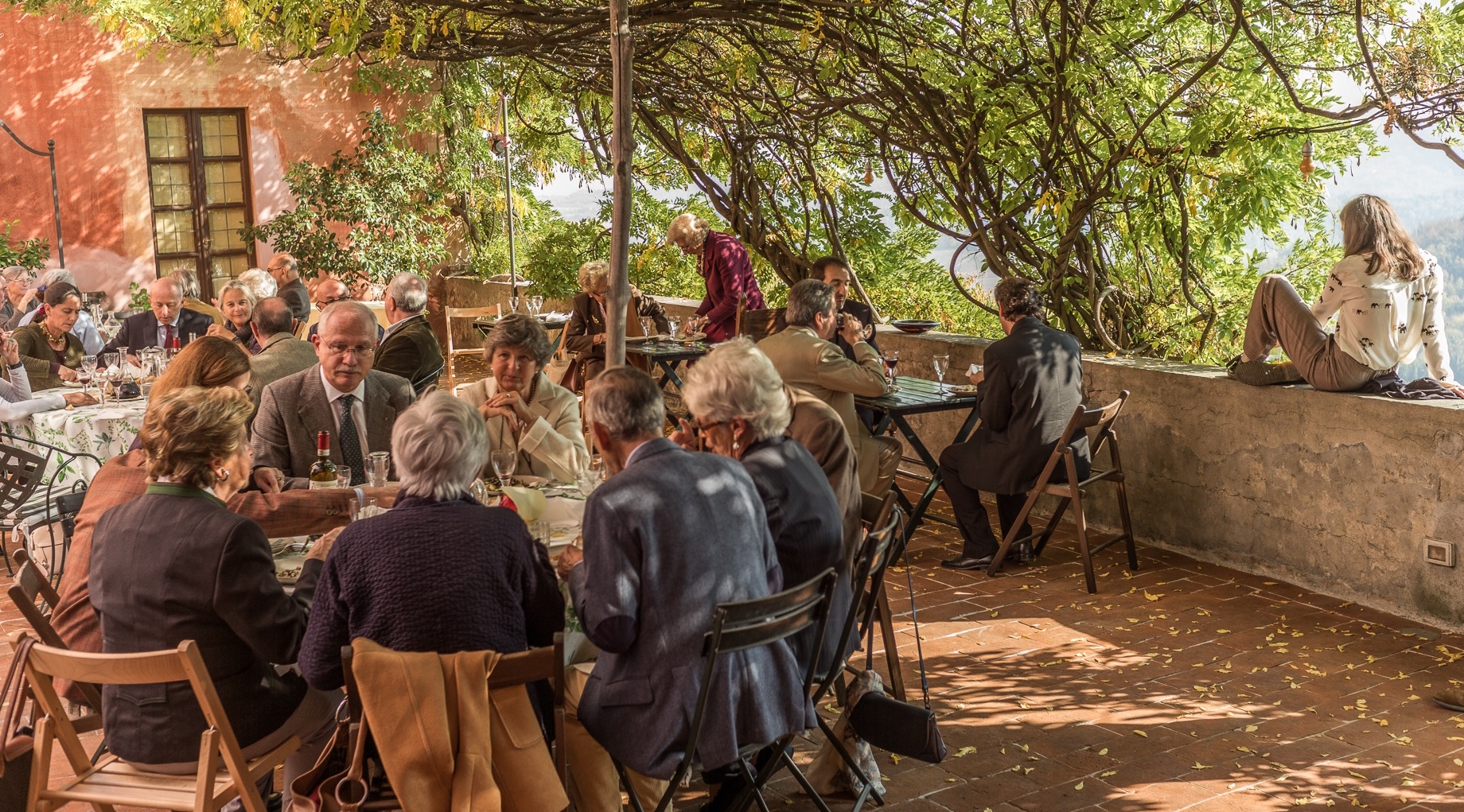
The south-facing terrace is shielded by a giant glicine, perhaps old enough to have shaded Count Cozio himself from the summer heat
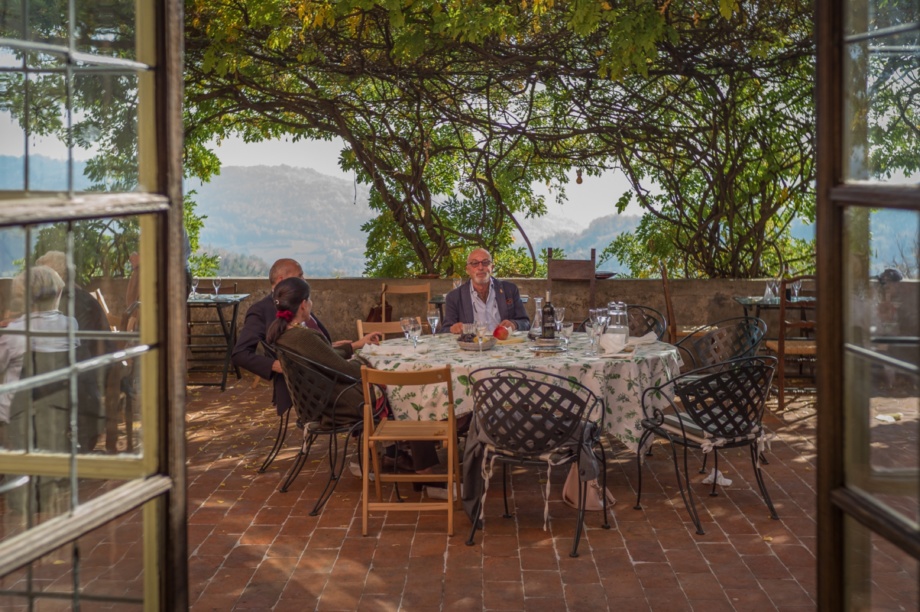
Shade covers the terrace until late in the afternoon
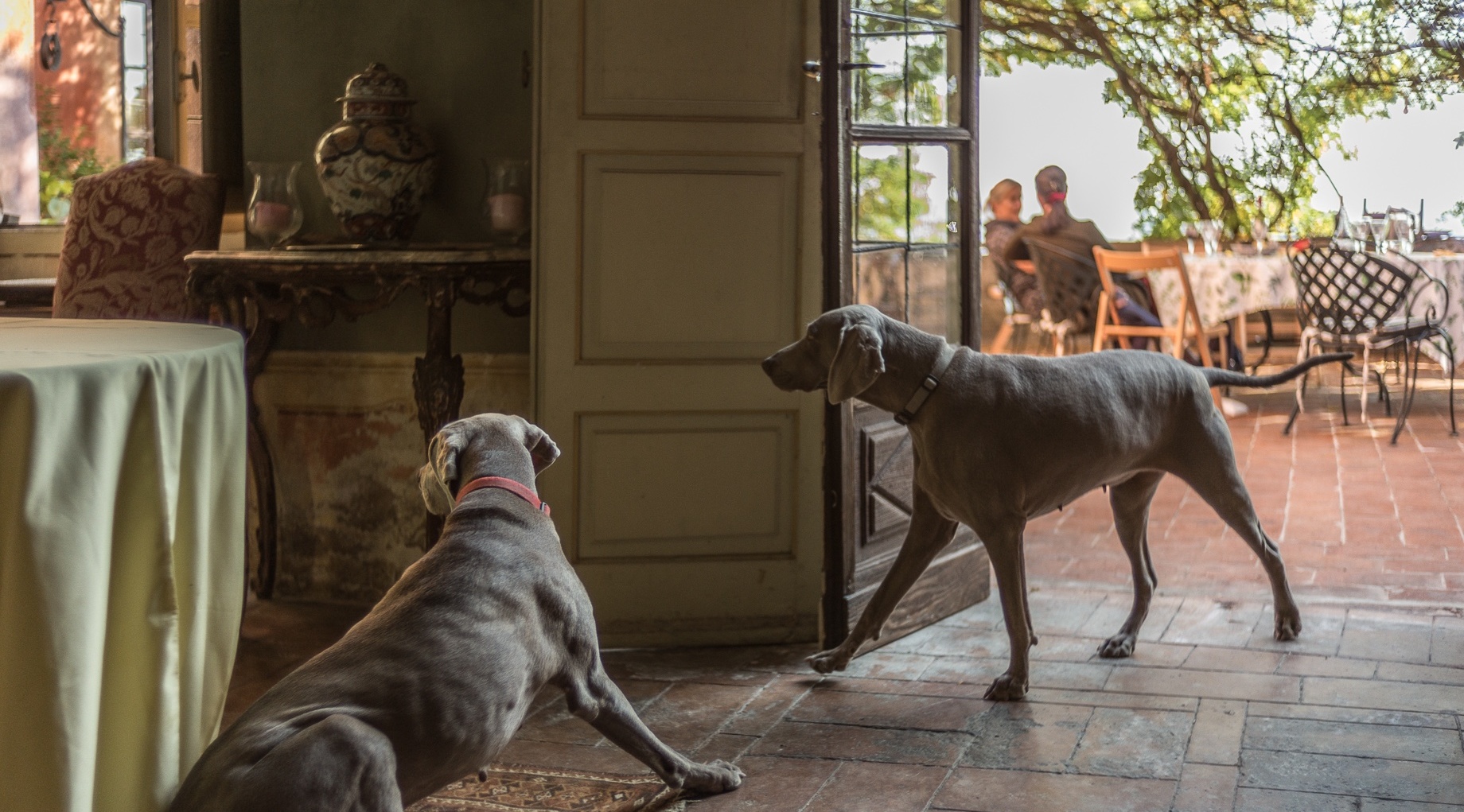
Mother and daughter Weimaraners, Lulu and Puky, keep guard and hunt for leftovers
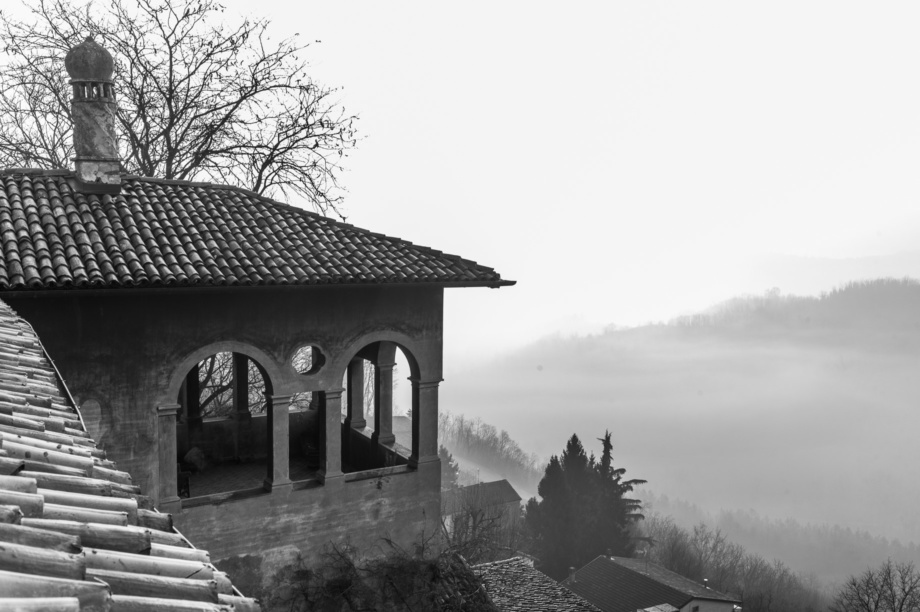
The view over the land and vineyards from the loggia probably hasn’t changed much since Count Cozio’s time
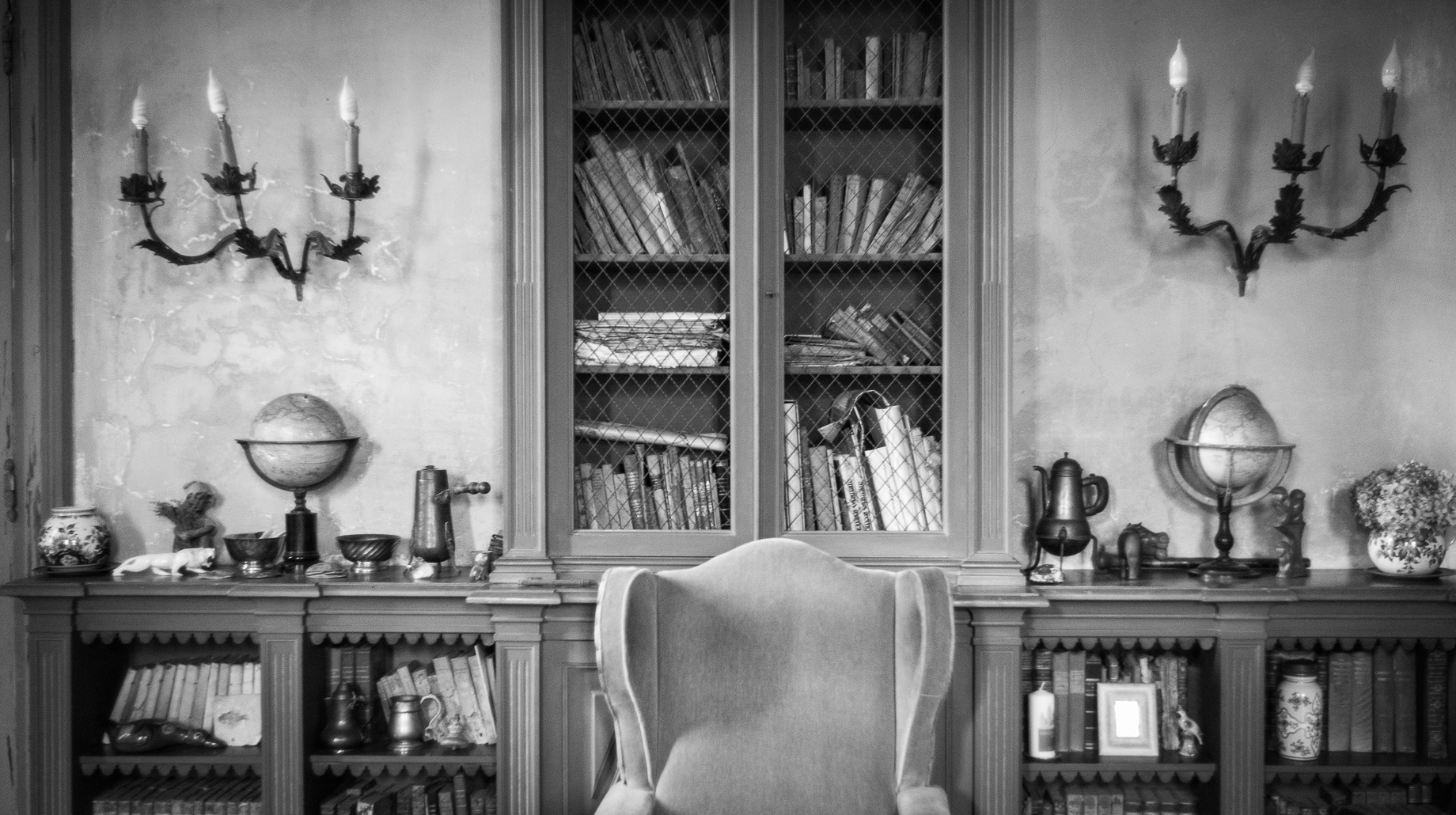
Adjacent to the music room, the library houses books, papers and 300 years of family history
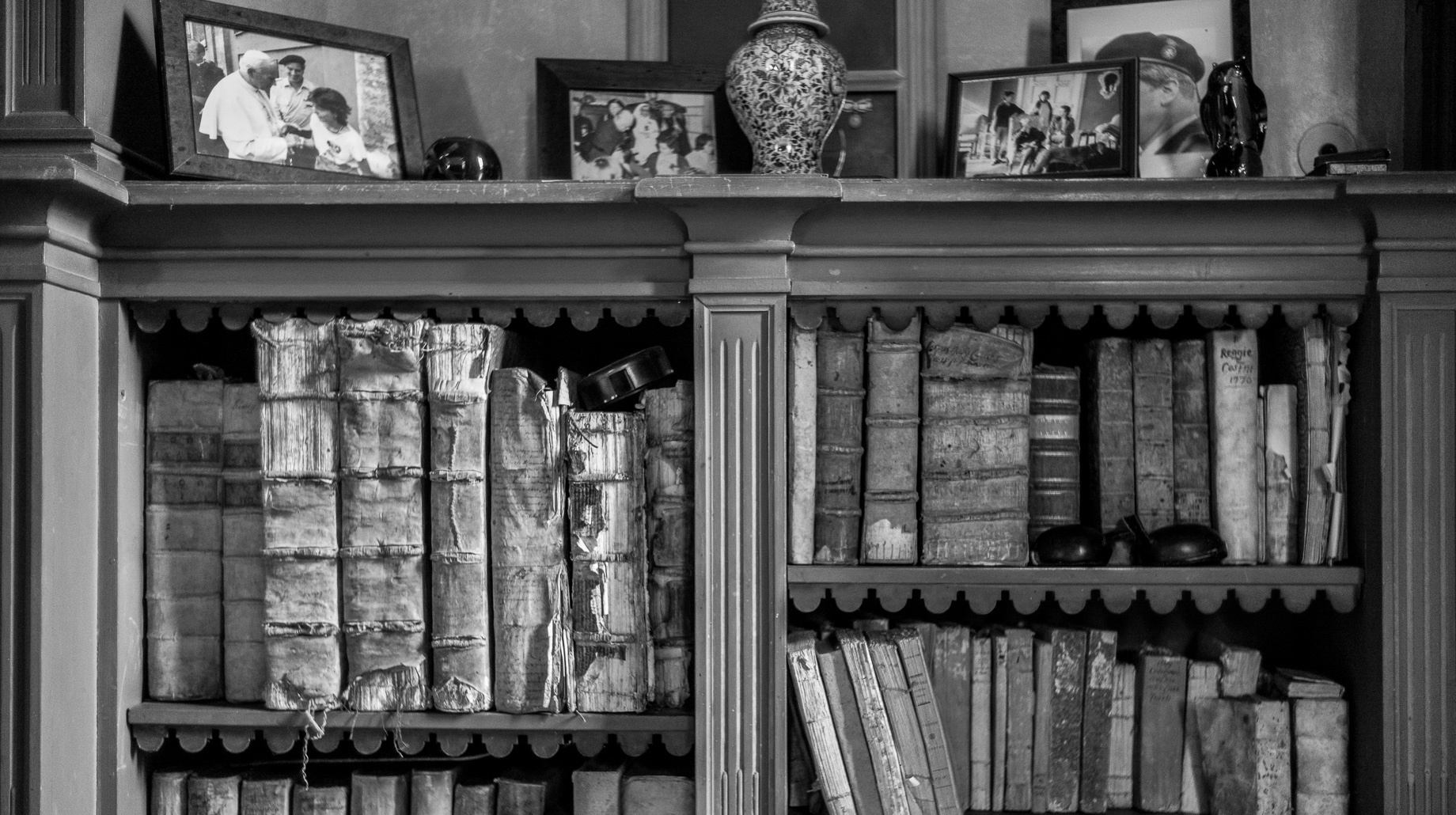
In the library is another sort of ‘carteggio’, this one a transactional record of the agricultural business of the estate
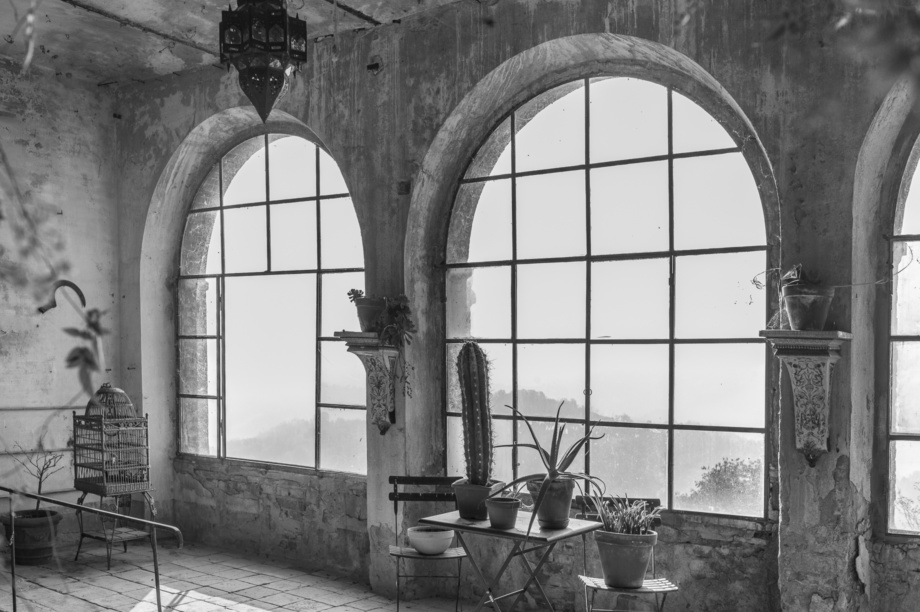
Succulents and an empty birdcage stand before large windows in the greenhouse
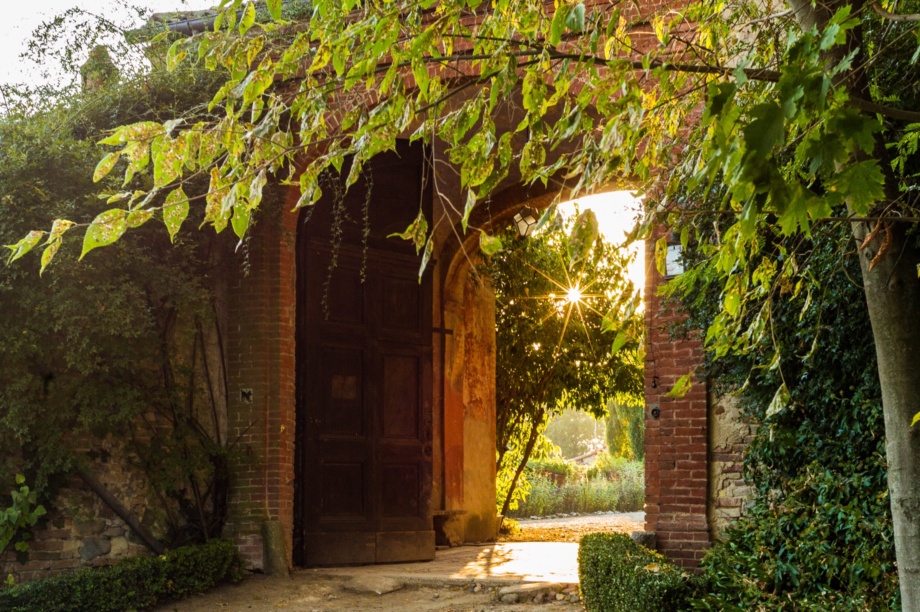
Salabue is a magical place for those with a fascination for violin history and I hope to be back soon
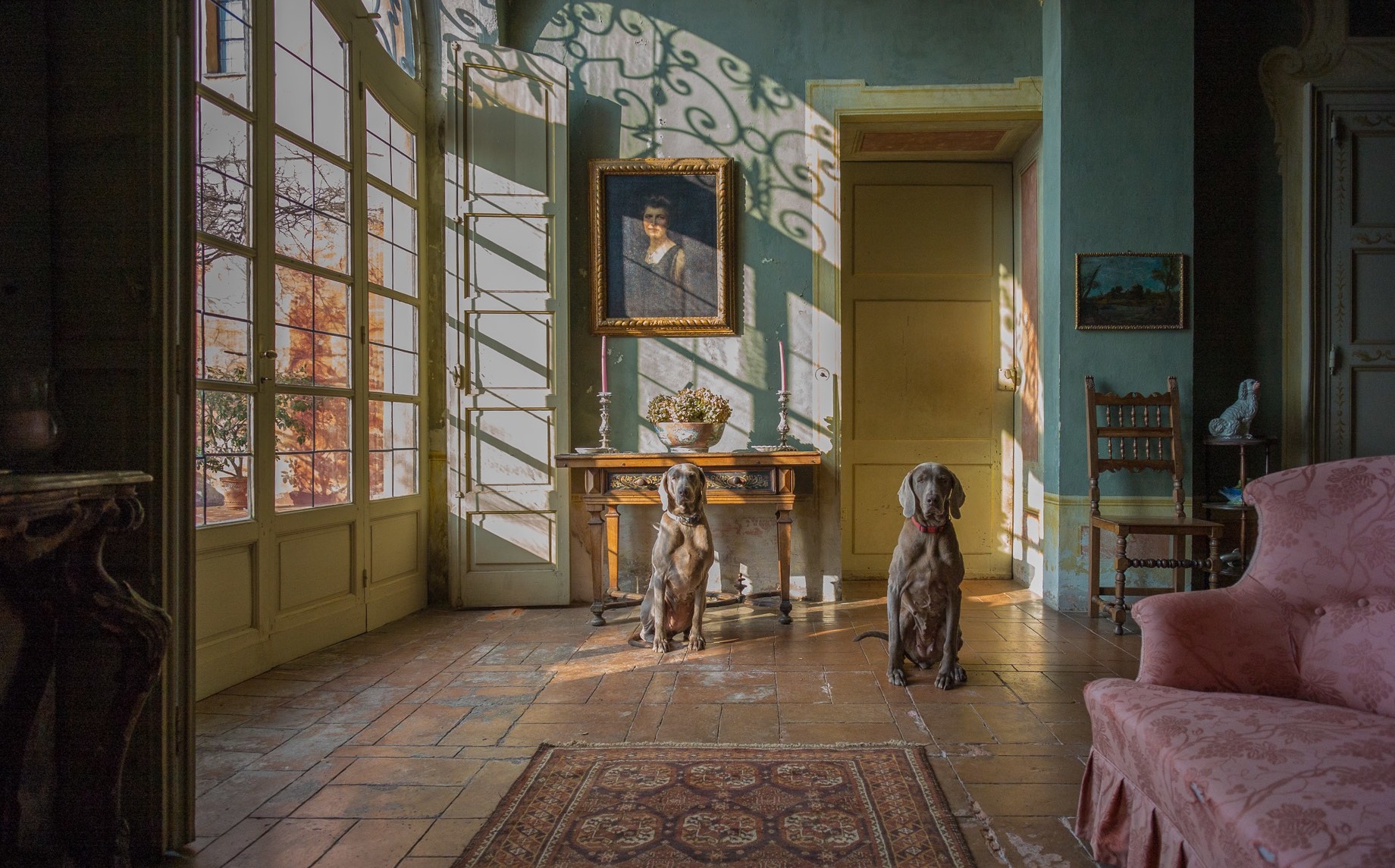
.